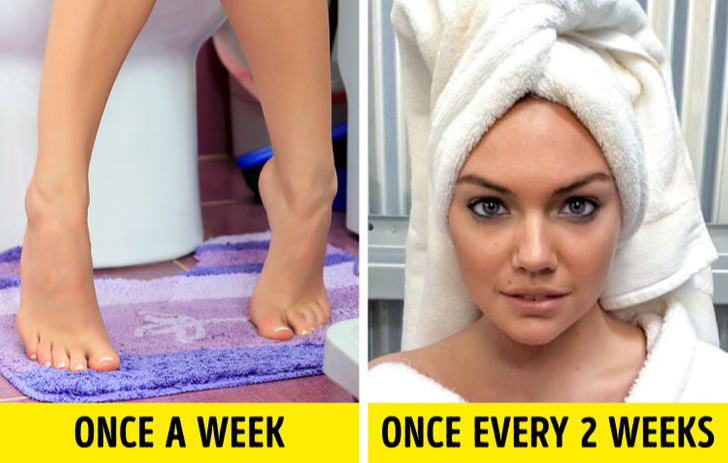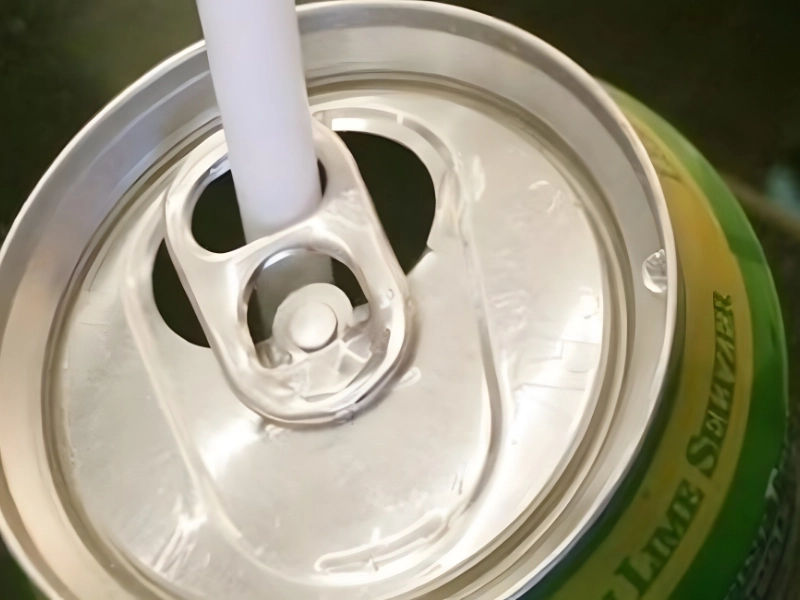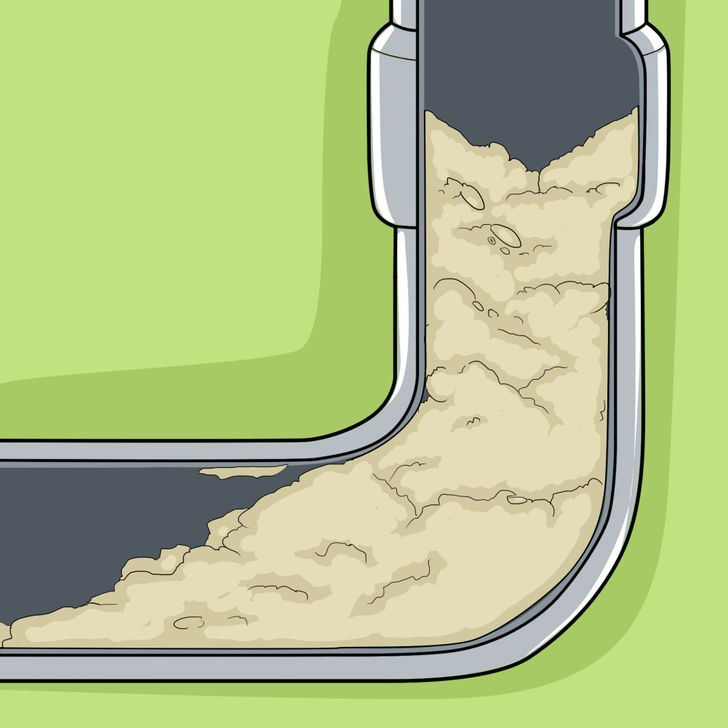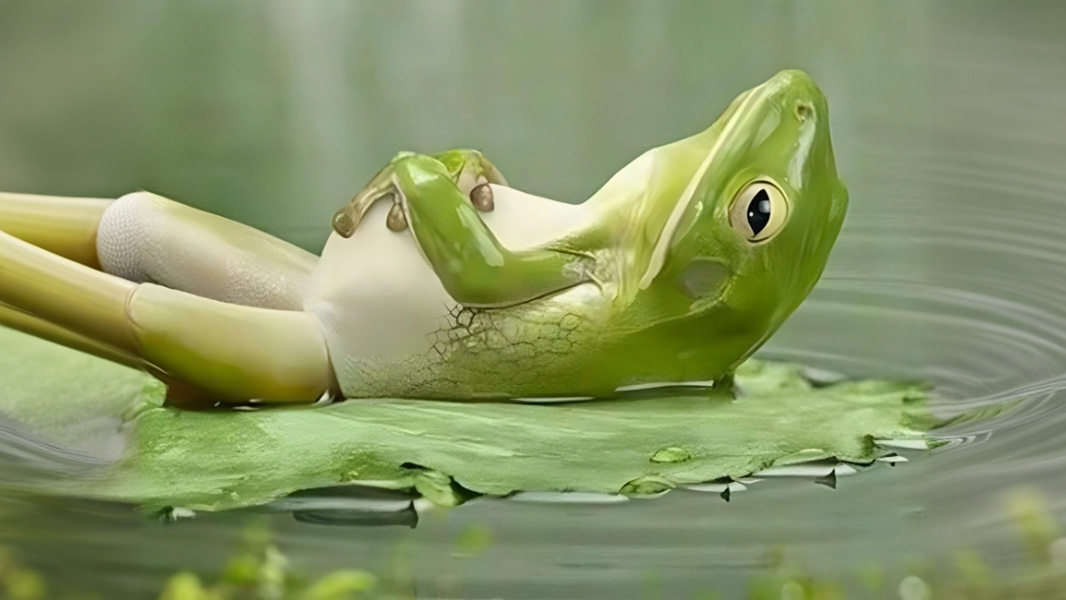9 Things You Wash Too Often and 9 You Forget to Clean
Approximately 90% of the garments we launder are not truly soiled, leading to needless loads. Light odors or simple wrinkles prompt many washes that waste water, energy, and detergent. This habit raises household costs and adds avoidable environmental strain.
Meanwhile, while we overfocus on certain pieces, we ignore items that genuinely need attention. Neglect allows grime and odor to accumulate until deep cleaning becomes harder and more resource intensive. Sharpening our judgment about what actually requires washing makes routines leaner and more effective.
To address this imbalance, we examined how often the washer should realistically run. A schedule based on actual wear extends fabric life, trims utility use, and lowers our overall footprint.
1. Jeans versus leggings

Overwashing jeans speeds fading, warps fit, and can encourage shrinkage in heat. Each cycle stresses fibers and drains color depth.
To preserve structure, wash sparingly. Levi’s CEO Chip Bergh famously avoided machine washing a pair for over a decade, citing color retention, fabric integrity, and water savings. Spot clean stains; air them out. If a full wash is required, turn them inside out and use cold water only when visibly or strongly soiled.
Leggings behave differently. Built to wick moisture, they trap sweat and can harbor odor and bacteria. For casual wear, launder after two to three uses; after workouts, wash every time to maintain freshness and hygiene.
2. Everyday vs. sports bras

A survey of 200 women found most rotate bras rather than repeat a single one daily, with roughly one third washing every two weeks or longer. Rotation helps bands and cups rest, slowing stretch and distortion.
Sports bras demand stricter care. Exposure to sweat, salt, and skin oils creates a fertile ground for bacteria and lingering odor. Wash after each workout to protect elasticity, support, and skin health.
3. Towels vs. bath mats

Bath towels should be laundered after three to four uses. Alternating two lets one dry thoroughly, so a wash every ten to fourteen days often suffices. Skipping this can cause musty smells and dull formerly bright whites.
Bath mats face constant dampness and low airflow, ideal for microbial growth. Wash at least weekly to curb mold, bacteria, and odor buildup.
4. Winter hat versus cap

Infrequently worn winter hats usually need cleaning about every two months—roughly three times a cold season. Most tolerate machine cycles, but always confirm the care label.
Caps require more delicacy. Hand wash in cold water twice a year (or sooner if sweat marks appear) to prevent staining and preserve shape and color profile.
5. Bedsheets vs. pillowcases

Sheets accumulate dust, dander, and microscopic debris that can trigger allergies and harbor mites feeding on shed skin cells. Wash every ten days for a healthier sleep surface.
Pillowcases contact facial oils, cosmetics, and bacteria directly. Launder at least weekly to help prevent breakouts and maintain a cleaner skin environment.
6. Coverlet versus blanket

Coverlets, serving mostly decorative or top layer roles, only need washing about every two months unless visibly soiled.
Blanket needs vary with use. A general guide: wash monthly, and sooner if odor, spills, or pet hair appear to keep fibers fresh and soft.
7. Coat versus jacket

Light jackets, rarely in direct contact with skin, often need washing only once every three months. Cold water washes and a couple of clean tennis balls in the drum help prevent clumping in insulated pieces.
Coats, especially structured or delicate fabrics, demand label driven care. Target stains promptly and choose professional cleaning for wool, specialty blends, or intricate construction to avoid distortion.
8. Duvet vs. pillow

Pillows trap oils, hair, and moisture, fostering mites and fungi. Clean every three months; wash protective covers at least monthly for added defense.
Duvets, shielded by covers and less exposed, typically need laundering twice a year. This cadence sustains loft, cleanliness, and thermal performance without premature wear.
9. Curtains vs. Tulle

Heavy curtains benefit from regular vacuuming to remove dust and allergens, paired with an annual wash to refresh fibers and maintain drape.
Delicate tulle accumulates fine dust faster and should be washed about every six months. In kitchens or high traffic zones, increase frequency to counter grease and airborne particles.








